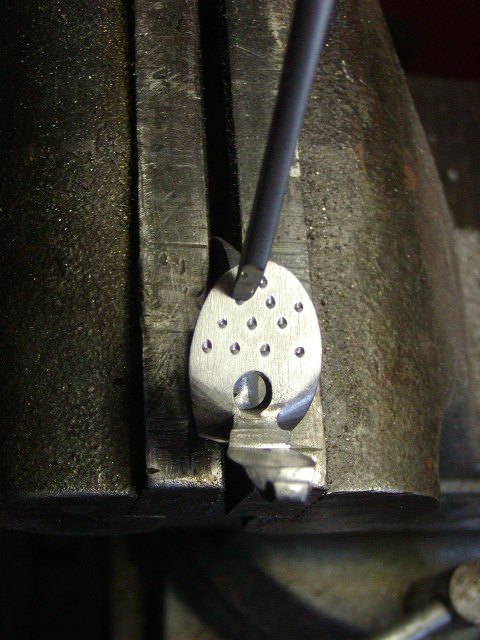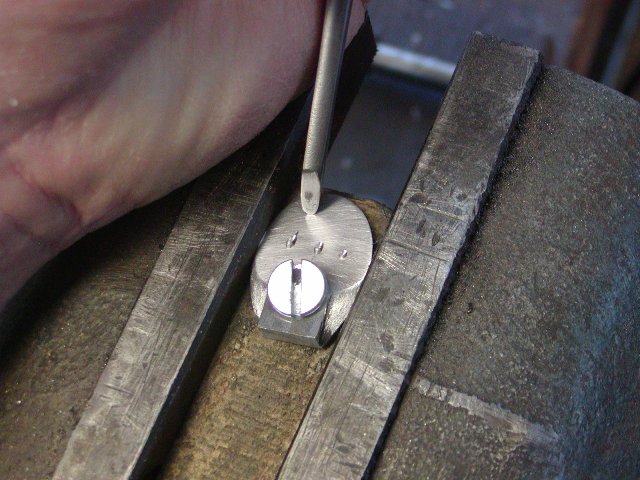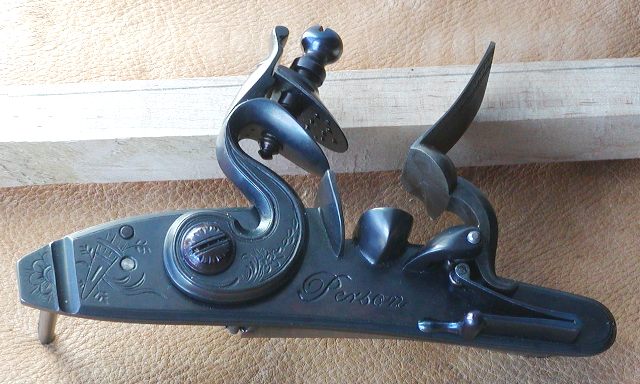- Joined
- Nov 26, 2005
- Messages
- 5,202
- Reaction score
- 10,785
Hi,
Here is how you prevent flint creep.



dave
Here is how you prevent flint creep.



dave




